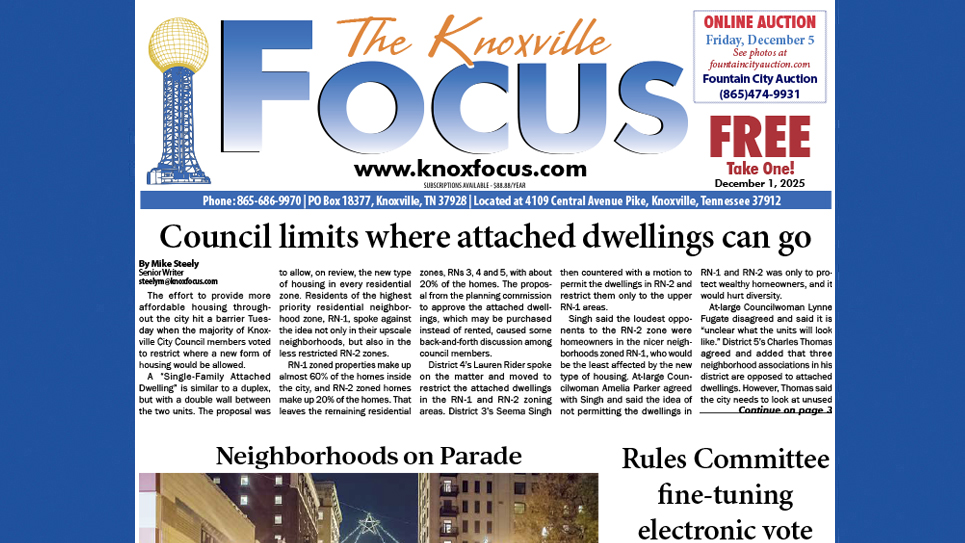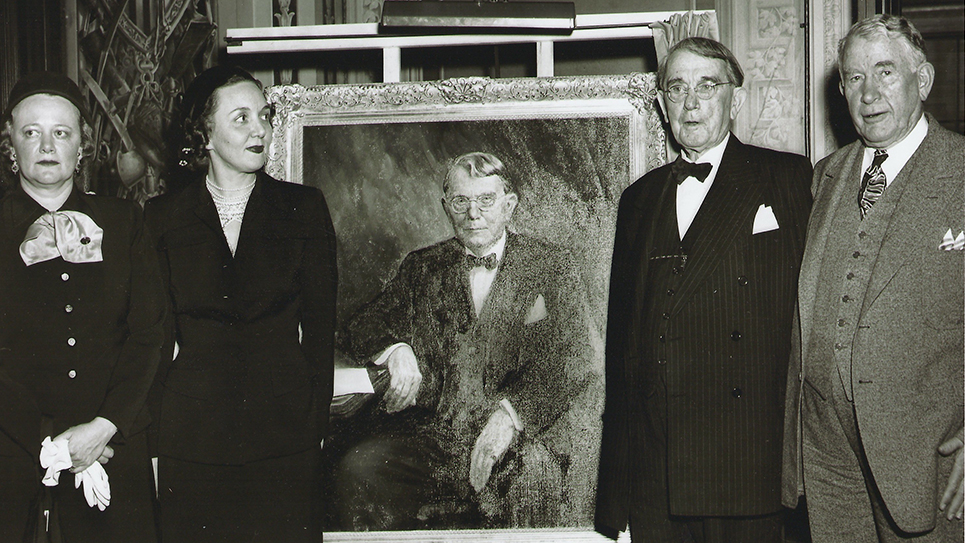Aches and pains are a fact of life as you get older. I don’t remember a lot of painful conditions as a kid, even with injuries. My brothers and I often went barefoot in those halcyon days of summer, and I remember a “stone bruise” of my heel that once hobbled me for a month. However, all my body parts “worked” when I was a boy. I can’t say the same now.
Most of us north of sixty deal with aches and stiffness. Many patients ask me about their “rheumatism,” especially when they need a remedy. From a practical standpoint the first step is to decide whether someone has an inflammatory arthritic syndrome such as rheumatoid arthritis (RA) or garden variety soreness. RA is the prototypical inflammatory arthritis and is not granny’s rheumatism. RA occurs in a genetically predisposed person when their immune system mistakes joint tissues as foreign agents and then attacks. The result is painful swollen joints which are often red and hot. Joint dysfunction is progressive. Stiffness that lasts more than an hour is a tip that something unusual is occurring, as opposed to my stiffness which abates with a few minutes of stretching or a hot shower.
Inflammatory illness differs by degree and is associated with significant fatigue. Diseases like rheumatoid arthritis should be evaluated by an internist or a rheumatologist. Orthopedics is a surgical discipline and is not the specialist you should first consult for joint pain unless related to previous surgery or an injury. Sometimes simple blood tests for inflammatory markers can be helpful in excluding systemic diseases like RA. However, the absence of inflammatory signs and symptoms are often enough to reassure someone and to begin comfort-directed treatment.
“Steroids” like prednisone, dexamethasone, etc. are potent drugs that suppress inflammation, but serious side effects soon occur with continuous usage. It’s been almost seventy years since Professor Philip Hench first used glucocorticoids (steroids) on patients with rheumatoid arthritis. The results were dramatic and invalids literally began to walk again. Unfortunately, treatment soon caused severe obesity and diabetes.
A call from a patient of mine and a recent article in JAMA (the Journal of the American Medical Association) caused me to reconsider this topic. My patient didn’t have symptoms or signs of an inflammatory arthritis. However, his request for an NSAID, non-steroid anti-inflammatory drug, was complicated by his cardiovascular disease.
NSAIDs were developed to avoid steroid complications. Aspirin is the prototype of this class of non-steroid anti-inflammatory drug. The active ingredient of aspirin was first discovered in the bark of willow trees in 1763. Then in 1971 it was discovered that aspirin reduces inflammation and prevents blood clots by inhibiting prostaglandin production. Finally, in the 1990s two isoforms of the COX enzyme (cyclooxygenase) system which produce prostaglandins were discovered. Aspirin and many older NSAIDs inhibit both COX 1&2 and produce desirable anti-inflammatory effects, but also cause undesirable effects like ulcers and bleeding. Soon drugs that preferentially blocked the COX 2 enzyme were developed hopefully to minimize side effects. You may recognize the names Celebrex and Vioxx. Unfortunately, things are complicated and soon other adverse cardiovascular effects of the COX 2 inhibiting drugs surfaced.
In Denmark most NSAIDs are only available with a prescription rather than in America where drugs like ibuprofen (Motrin, Nuprin) and naproxin (Aleve) are available OTC (over-the-counter). A large study was recently reported in JAMA. I won’t get into medicalese or the arcane nuances of study design, but I think there are important take home points. The study was done in patients with known cardiovascular disease, who were taking low dose aspirin or clopidogrel (Plavix) or warfarin to prevent further heart attacks. The researchers found that the risk of bleeding and heart attacks were increased when study patients received NSAIDs along with their other medications. Furthermore, bleeding often occurred with only three days of treatment and the COX 2 medications were not any safer than the older agents like aspirin.
There is no such thing as a perfectly safe medication, supplement or treatment. If you give enough people any medication, sooner or later someone will have a problem. On the other hand, many medications improve our lives. An example is using low dose aspirin to prevent another a heart attack. The 20% reduction justifies the generally low risk of bleeding. Everything has a risk to benefit ratio. I don’t recommend low dose aspirin for patients without heart disease because the benefit is so low making the small bleeding risk proportionately greater – especially if someone slips on ice and pops their noggin.
People often discount the benefits of simple acetaminophen or Tylenol (not an NSAID). I agree that NSAIDs work better when there is inflammation. Any injury such as broken bones or surgical incisions produce inflamed areas that are red, hot and swollen. Consequently, the benefits may justify NSAID therapy. However, if you’re just stiff and sore, simple stretching exercises and Tylenol in moderation may be quite helpful and safer – that is unless you’re getting liquored up each evening! Tylenol and alcohol are not good companions.
One day an elderly lady repeatedly queried me about her chronic rheumatism. I carefully explained the problem and offered treatment options three times. Unfortunately, she seemed to be hung up like a scratched record and the same questions were asked. Because Ms. Jones and I had a long term relationship, I finally took the risk and told her that if she awakened tomorrow without her misery it would mean she had passed on. The Master used hyperbole to get people’s attention and it worked with Ms. Jones, who then chuckled as the meaning of my ridiculous statement dawned on her. Be careful what you ask for again and again!





